THE
CLIMATE
CAPER
THE
CLIMATE
CAPER
FACTS AND FALLACIES OF
GLOBAL WARMING
GARTH W. PALTRIDGE
WITH A FOREWORD BY
CHRISTOPHER MONCKTON
TAYLOR TRADE PUBLISHING
A CONNOR COURT BOOK
Lanham New York Boulder Toronto Plymouth, UK
ACKNOWLEDGMENT: This book is based on a number of the authors public talks and written articles over the past decade. He would like to thank Quad-rant magazine in particular for raising no objection to the use of material he has published in that journal.
Published by Taylor Trade Publishing
An imprint of The Rowman & Littlefi eld Publishing Group, Inc.
4501 Forbes Boulevard, Suite 200, Lanham, Maryland 20706
http://www.rlpgtrade.com
Estover Road, Plymouth PL6 7PY, United Kingdom
Distributed by National Book Network
Copyright 2010 by Garth W. Paltridge
First published in 2009 by Connor Court Publishing PTY Ltd
All rights reserved. No part of this book may be reproduced in any form or by any electronic or mechanical means, including information storage and retrieval systems, without written permission from the publisher, except by a reviewer who may quote passages in a review.
British Library Cataloguing in Publication Information Available
Library of Congress Cataloging-in-Publication Data Available
978-1-58979-548-8 (pbk : alk. paper)
978-1-58979-549-5 (electronic)
 The paper used in this publication meets the minimum requirements of American National Standard for Information SciencesPermanence of Paper for Printed Library Materials, ANSI/NISO Z39.48-1992.
The paper used in this publication meets the minimum requirements of American National Standard for Information SciencesPermanence of Paper for Printed Library Materials, ANSI/NISO Z39.48-1992.
Printed in the United States of America
FOREWORD
by The Viscount Monckton of Brenchley
The scholar-poet Callimachus, who catalogued the great Library of Alexandria a quarter of a millennium before Christ, said that a big book was a bad book. Nearly all books on global warming are big books, and nearly all of them are bad, being vexatiously and aggressively biased in one direction or the other.
Dr. Paltridge, by contrast, has written a book that would have delighted Callimachus - small, good, and refreshingly impartial, on a subject usually more laden with poisonous prejudice than perhaps any other in the history of human thought.
In the courteous, wryly elegant manner that was the hallmark of the great scientists of old, Paltridge gallops authoritatively, accessibly and always cheerfully through the physics, economics, sociology, philosophy and theology of the new religion of global-warming catastrophism that has so rapidly, baselessly and expensively mesmerized the international classe politique. This is very much a book for the general reader, who should not be in the least deterred by the very simple equation and couple of graphs in the physics chapter.
The author knows what he is talking about. He has been an eminent scientist for more than 40 years. He was a Chief Research Scientist with the CSIRO Division of Atmospheric Research, and was involved with the World Meteorological Organizations bureaucracy that set up the World Climate Program in the 1970s. He was working with the National Climate Program Offi ce in the US at the time of the emergence of the UNs notorious climate panel, the IPCC, in the late 1980s.
For 12 years before his retirement in 2002, he directed the Institute for Antarctic Studies at the University of Tasmania, and was Chief Executive Officer of the Antarctic Co-operative Research Centre, studying the role of Antarctica and the Southern Ocean in climate change. He is also a Fellow of the Australian Academy of Science.
Though his book nowhere says so, he is still publishing learned papers of great brilliance in the peer-reviewed scientific literature. His most recent paper, published in 2009, questioned the IPCCs conclusion that the gentle global warming caused by CO2 will be amplifi ed into dangerous climate change by increases in the concentration of water vapour in the upper atmosphere. He showed that the satellites and balloon-borne radiosondes which measure humidity high in the atmosphere do not reliably confi rm the positive water-vapour temperature feedback suggested by the theoretical models programmed into the Playstations and X-box 360s of the IPCC. Indeed, the radiosonde measurements in particular insofar as they have any credence suggest quite the opposite. They suggest that water-vapour temperature feedback over the last 3 or 4 decades has been negative and would, if continued into the future, greatly reduce the warming caused by CO2.
The book is chiefly concerned with how and why climatologists, and scientists generally, have gone overboard in their support for the disaster theory attached to global warming. His conclusion is blunt: Even accepting for the sake of argument that some signifi cant degree of global warming may be observed in the future, it is certainly not the consensus of the majority of scientists that the actual impact on humans will be significant or indeed that it will be detrimental. It is hard to imagine a conclusion less congenial to the ruthless, dirigiste, scientifi c authoritarianism of the IPCC than that.
Dr. Paltridge does not question any more than any competent scientist questions or has ever questioned the fact that enriching the atmosphere with greenhouse gases will cause some warming.
He points out, rightly, that the high priests of the new religion tend to confl ate the real scientifi c consensus to the effect that carbon dioxide causes some warming (in fact, an elementary and proven result in the physics of radiative transfer) with the imagined, and imaginary, consensus that the warming will be both signifi cant and dangerous. In this conclusion he is supported by a recent peer-reviewed paper by Klaus-Martin Schulte, who read 539 papers selected randomly by the search-phrase global climate change and published from 2004-2007. Schulte found not one that offered any evidence that any human effect on the climate would be in any way catastrophic.
The conclusion, then, is fascinating enough. But the chief glory of Dr. Paltridges book is his shrewdly-observed description illustrated by frequent anecdotes of the process by which science in general, and climate science in particular, has become so politicized that it is no longer recognizable as science at all and is, to that extent, no longer fi t for its purpose. The global warming theory has all the worst attributes of a religion, with none of its saving graces. As Dr. Paltridge puts it:
Most scientists simply cannot believe that their colleagues would deliberately oversell a scientifi c conclusion for the benefi t of a political cause. Dishonesty of that nature would fl y in the face of everything that the rather idealistic typical scientist has been taught about his profession. It follows from this belief that the activism of certain climate scientists cannot really be activism, but instead must be a dispassionate statement of truth by members of the profession who happen to know more than anybody else.
Gone is the academic freedom to open every door of enquiry, to follow every dream, to hold any opinion however contentious as long as that opinion springs from the tireless, careful, diligent, iterative process of hypothesis, investigation, measurement and testing, testing, testing that is the scientific method.
Gone is the determined scepticism that TH Huxley said was the highest duty of the improver of natural knowledge, replaced today by that blind faith that he called the one unpardonable sin, and by the sort of virtuous materialism that ... will noiselessly unwind the springs of action that de Tocqueville, almost two centuries ago, foresaw might emerge as a potentially fatal consequence of democracy itself. Science is not a democracy, and it cannot and does not proceed by consensus. Todays notion that it can and does is merely an instance of the Aristotelian logical fallacy of the


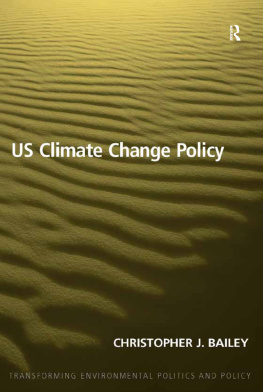
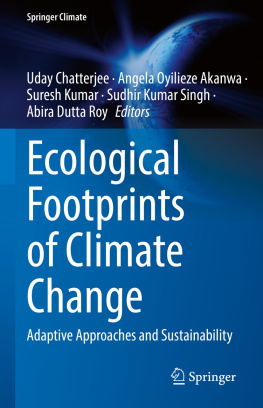
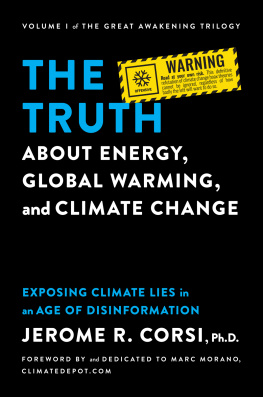
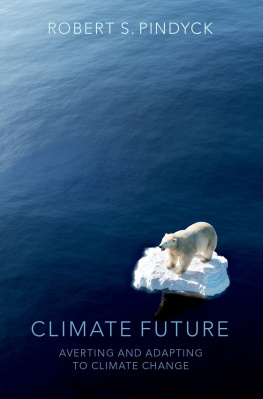
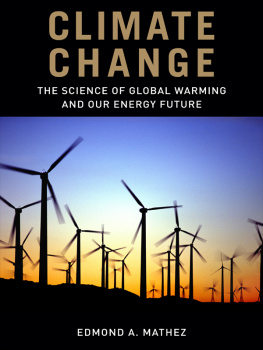
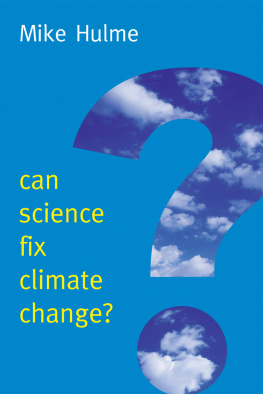
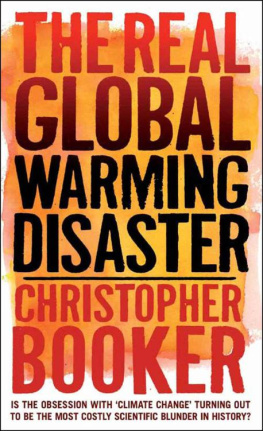
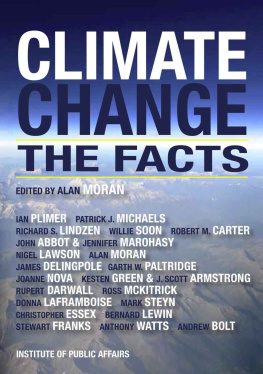
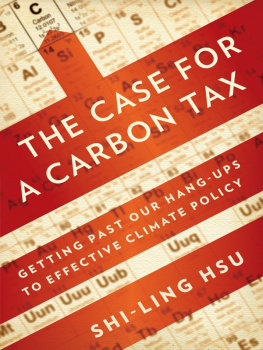
 The paper used in this publication meets the minimum requirements of American National Standard for Information SciencesPermanence of Paper for Printed Library Materials, ANSI/NISO Z39.48-1992.
The paper used in this publication meets the minimum requirements of American National Standard for Information SciencesPermanence of Paper for Printed Library Materials, ANSI/NISO Z39.48-1992.